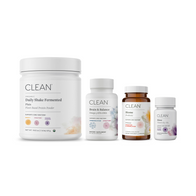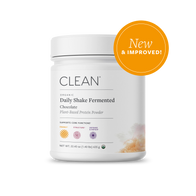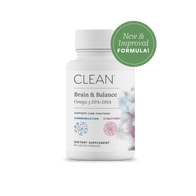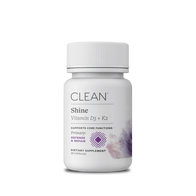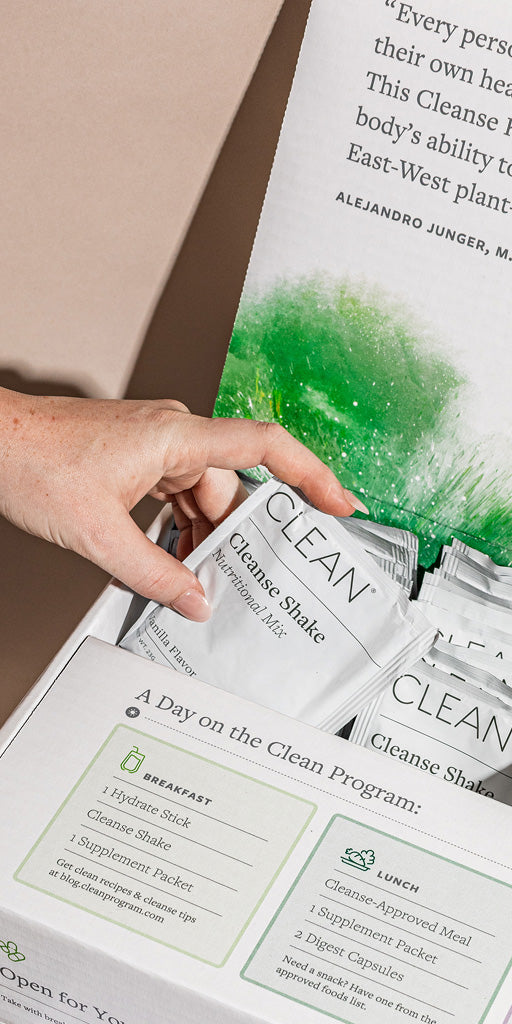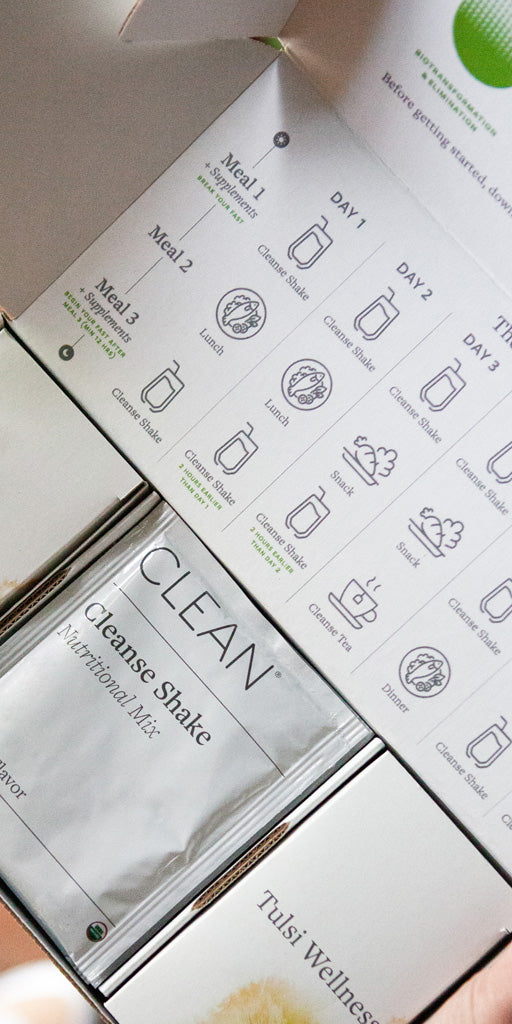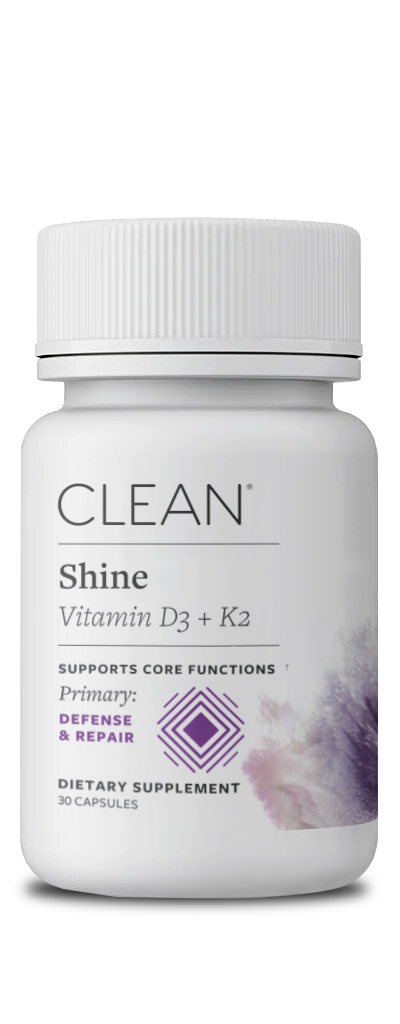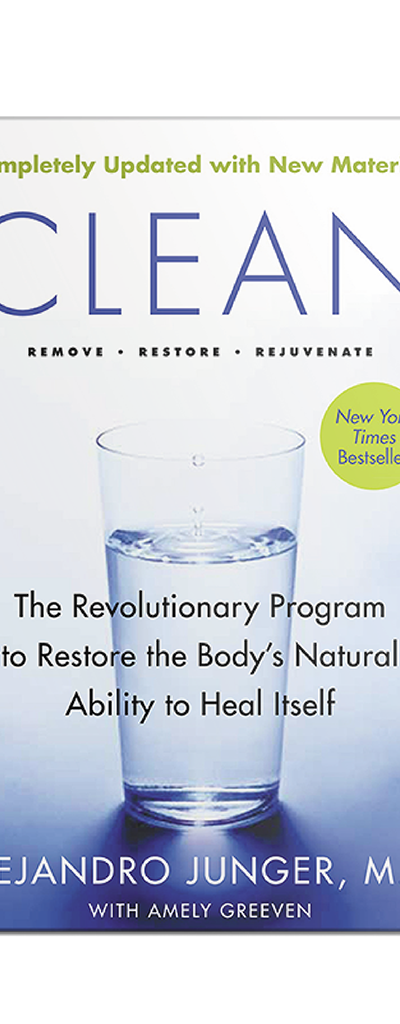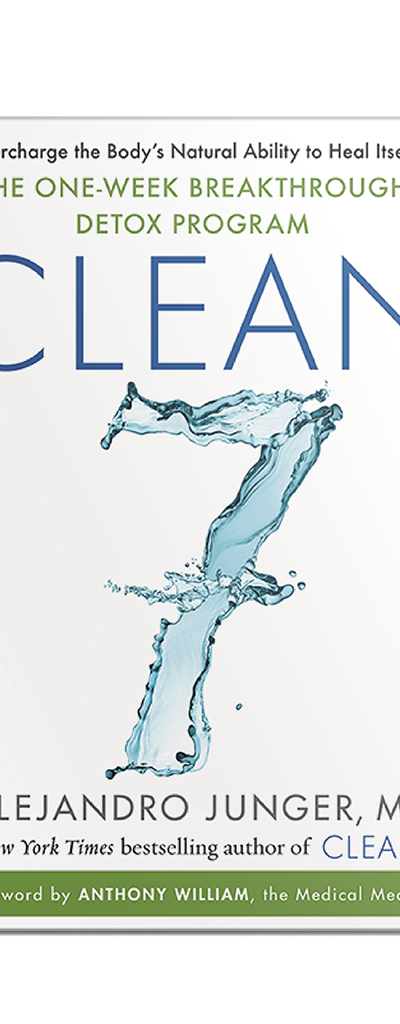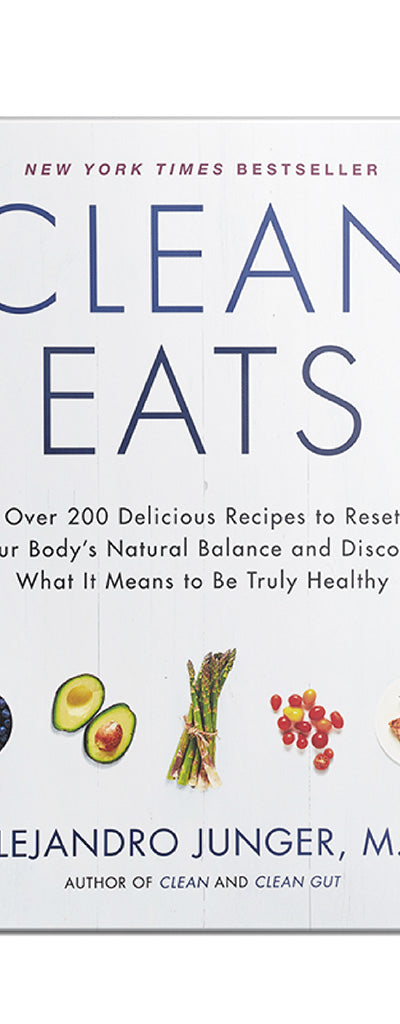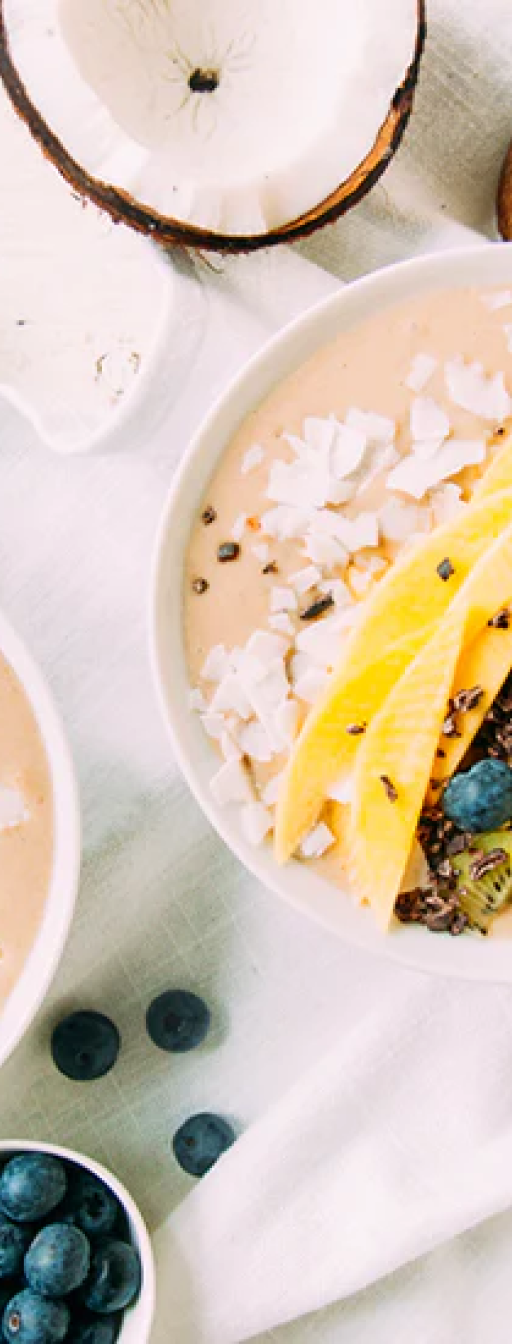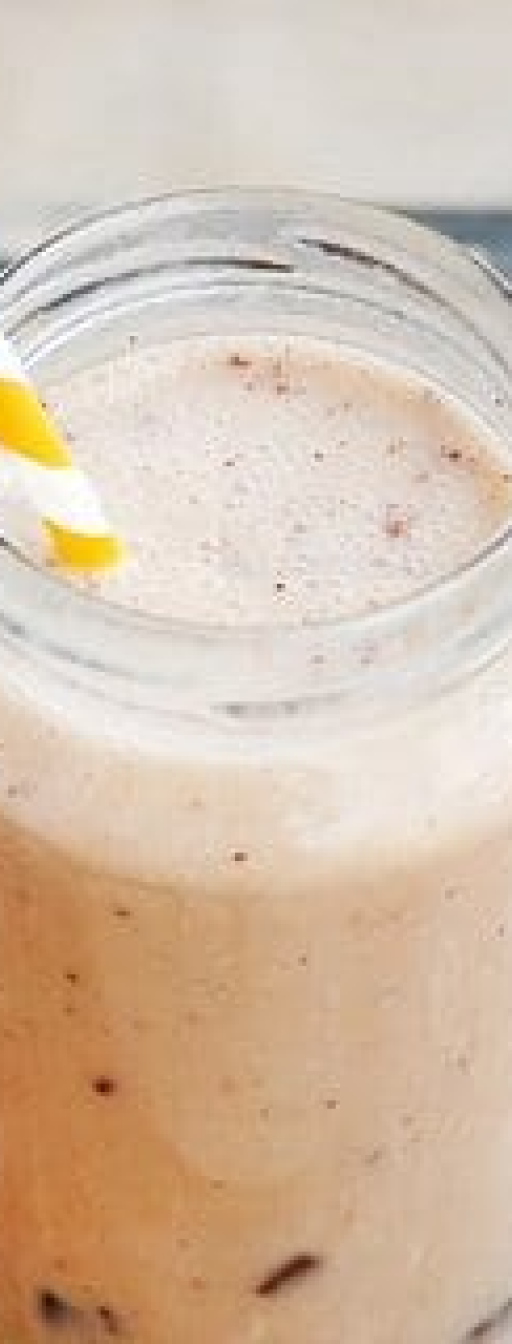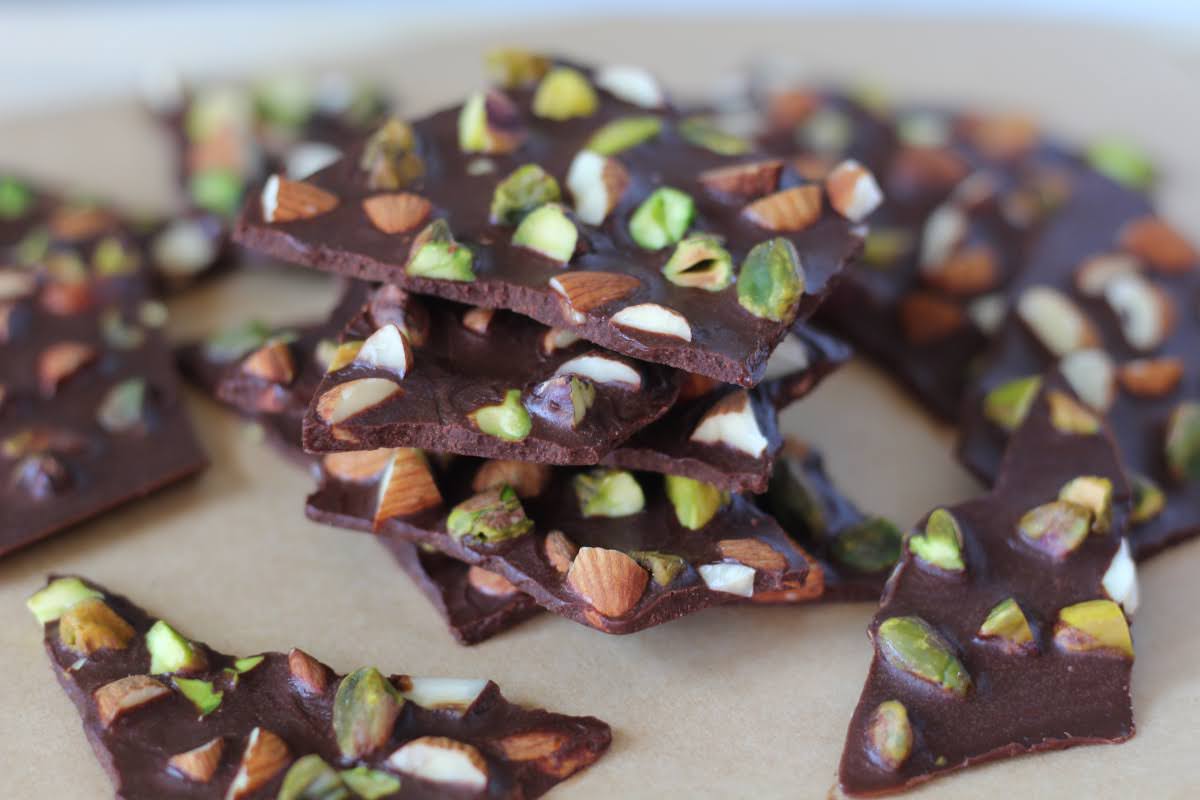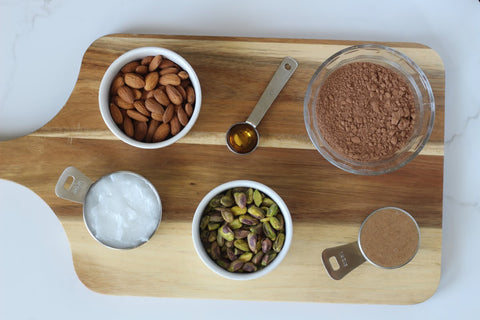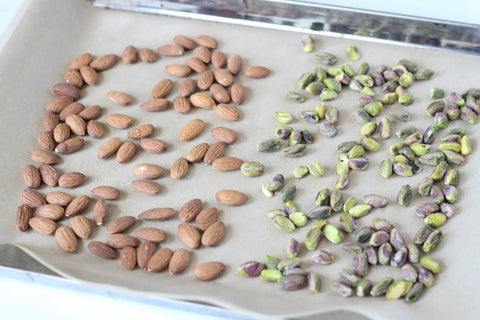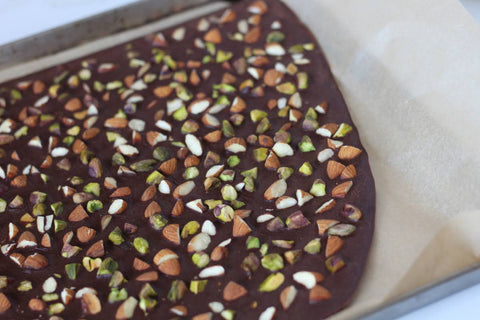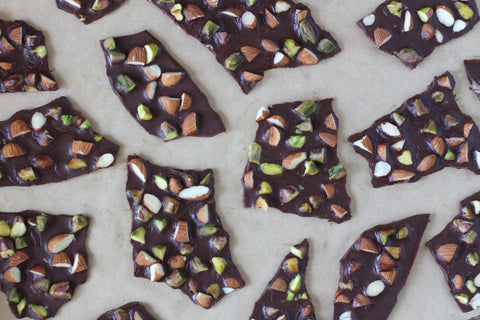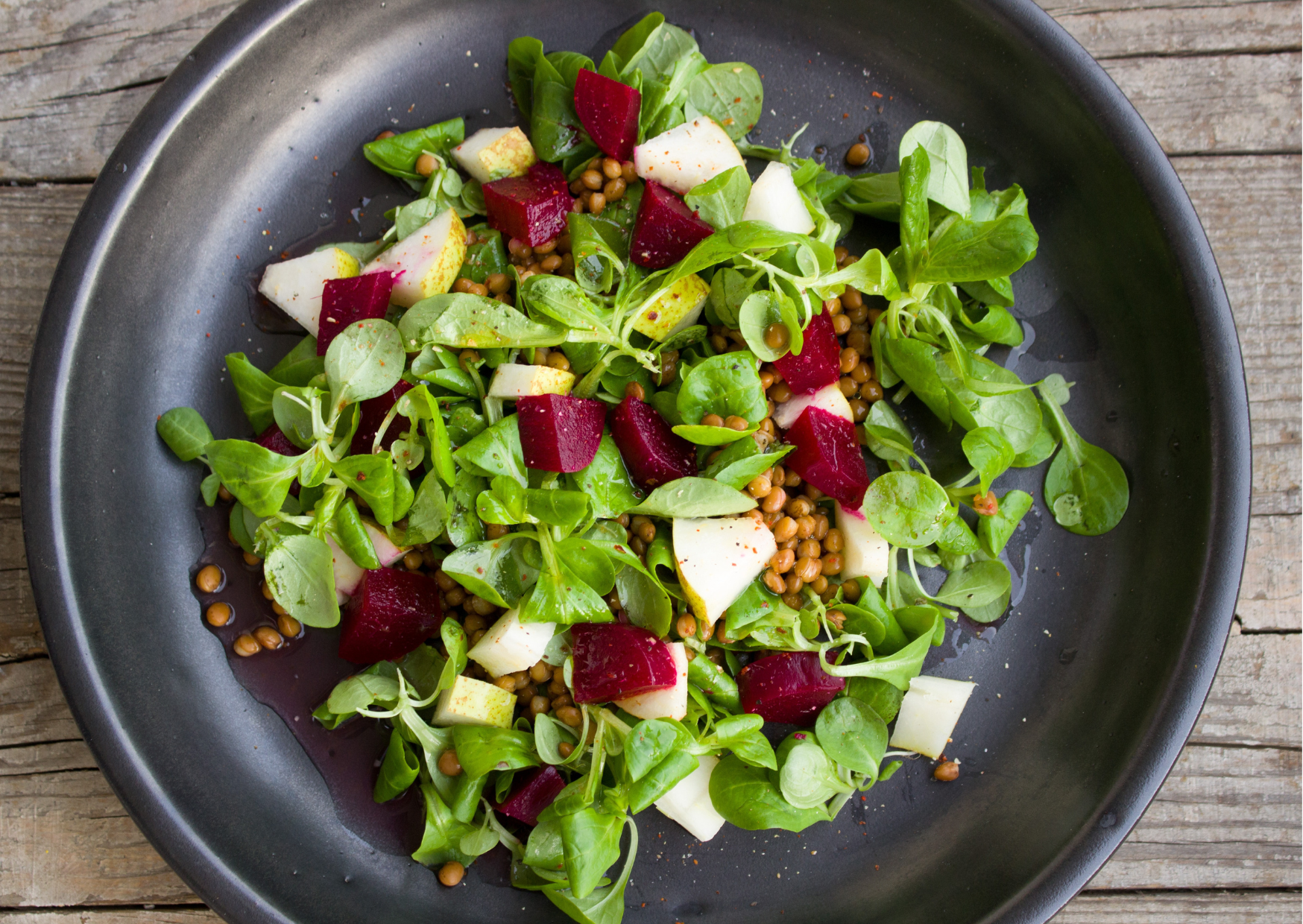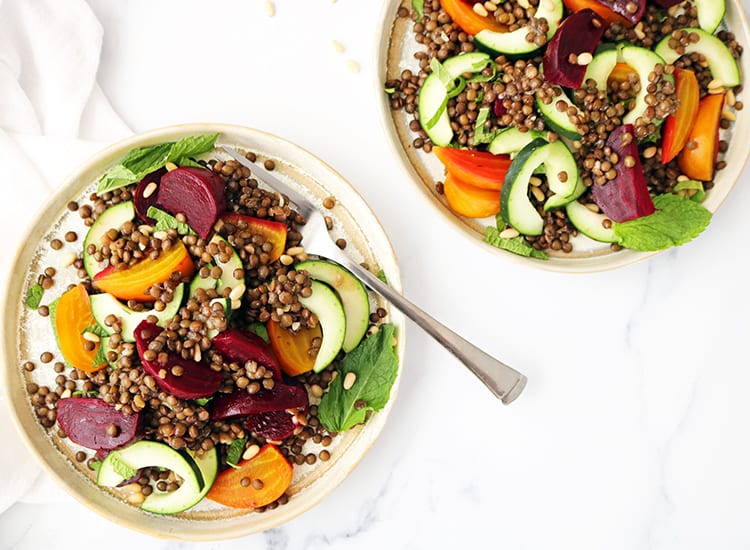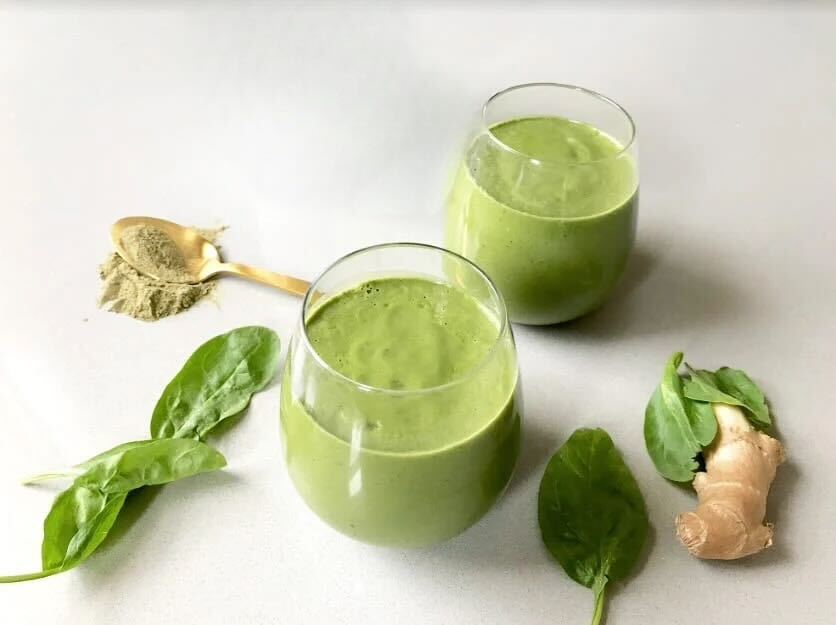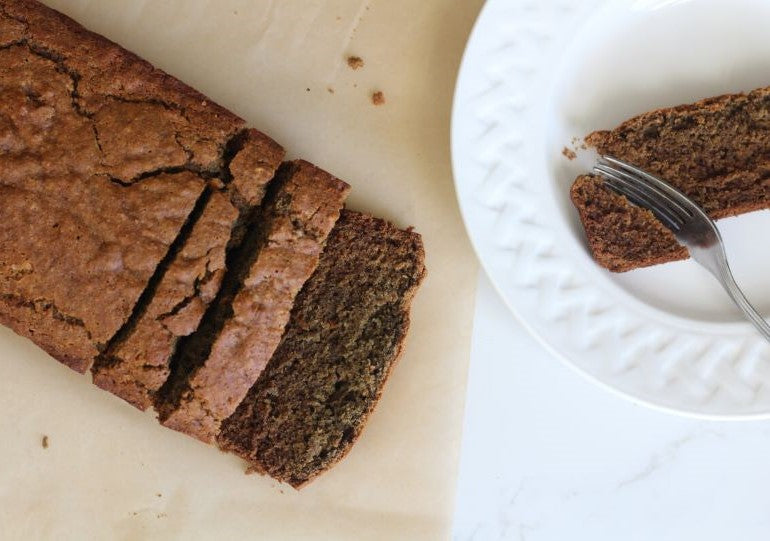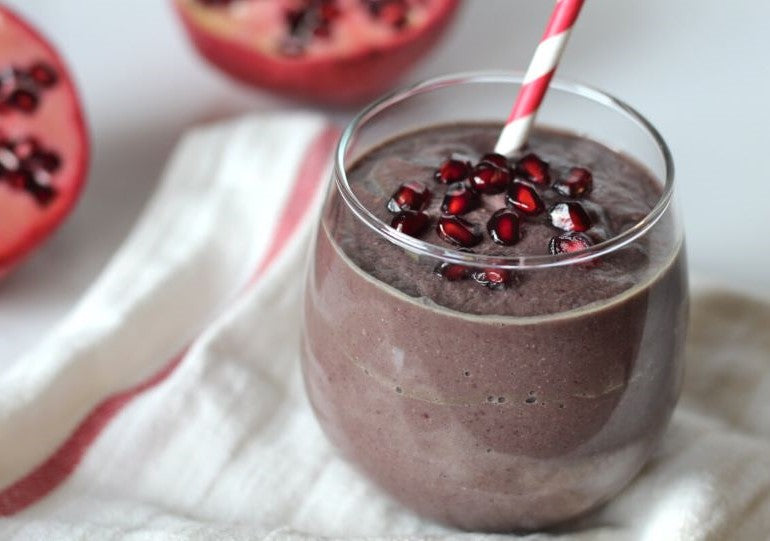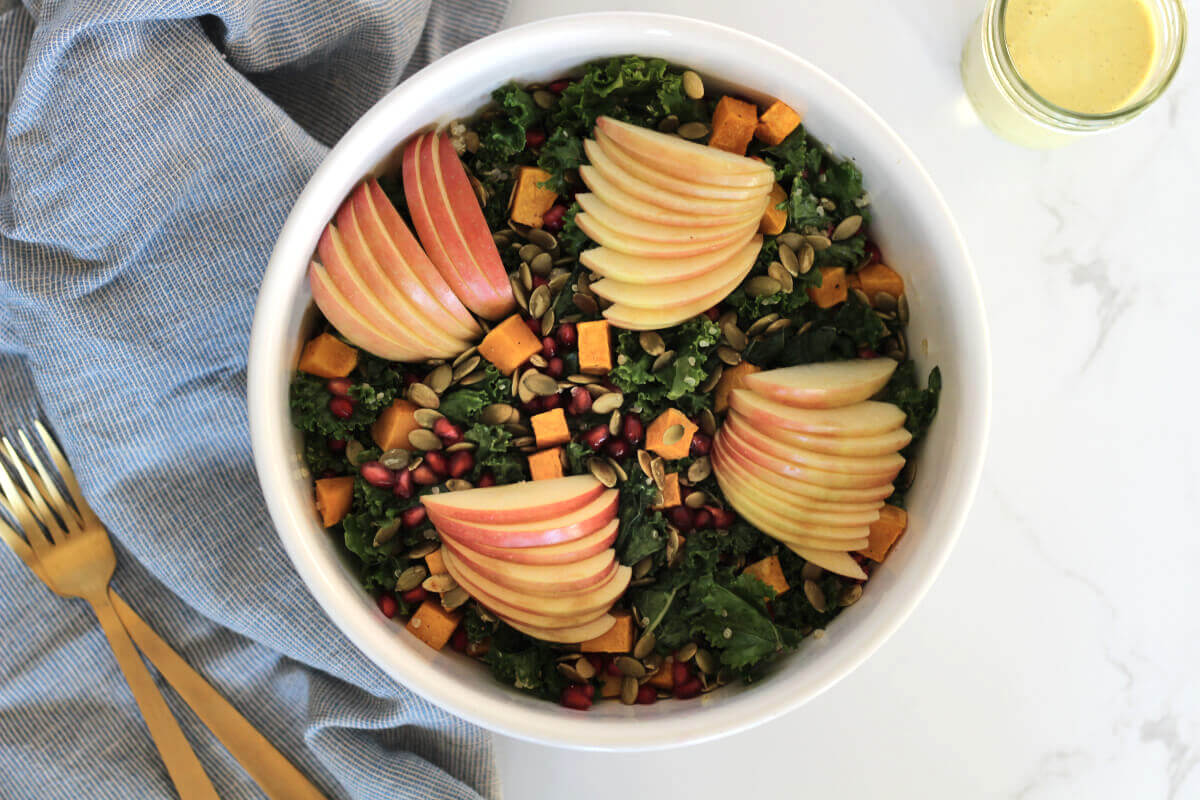Looking for some healthy chocolate that won’t spike your blood sugar? Then look no further than this sugar-free clean chocolate bark. Made from a base of cacao and coconut oil and sweetened with monk fruit, this chocolate bark has zero sugar but tastes sinfully decadent. Whether you’re cleansing, diabetic, on the Keto diet, or simply looking to cut back on sugar, this chocolate bark makes the perfect treat. It’ll satisfy your sweet tooth while delivering a slew of health benefits with each bite.
Cacao, the antioxidant powerhouse
This clean chocolate bark offers a hearty dose of cacao, a superfood that’s hailed for good reason. Cacao comes from the beans of the Theobroma Cacao tree, which translates to “food of the Gods.” It’s one of the most antioxidant-rich foods on the planet, with antioxidant properties even more powerful than green tea and red wine. Cacao is loaded with antioxidants like flavonoids and catechins, which help combat free radical damage in the body. When free radicals go left unchecked, it can lead to inflammation, premature aging, and increase the risk of chronic illness.
Cacao is also rich in minerals like magnesium and iron. Magnesium is involved in over 300 chemical reactions in the body. It plays a role in energy production, nerve and muscle function, blood sugar regulation, and much more. Iron is a mineral that’s crucial for maintaining healthy red blood cells.
Cacao also contains mood-boosting compounds, like tryptophan. Tryptophan is an amino acid that’s converted into serotonin. Known as the “happy chemical,” serotonin is a neurotransmitter that reduces depression and helps you feel calm and joyful. So if you’ve ever had some chocolate and felt your mood lift, you weren’t imagining things!
To keep this clean chocolate bark as nutrient dense as possible, we’ve opted for cacao powder over cocoa powder. Cacao powder is raw and minimally processed, so more of its nutrients stay intact. Cocoa powder, on the other hand, is made from roasted cacao beans, which removes some of its nutrients. However, if you’re making this recipe and don’t have any cacao powder on hand, feel free to swap it for cocoa powder.
Coconut oil for healthy fats
Many chocolate bark recipes use cocoa butter as a base. But we’ve chosen a base of coconut oil for this chocolate bark recipe. Coconut oil is an excellent source of healthy fats and boasts numerous health benefits. It’s rich in medium-chain triglycerides (MCTs), a type of saturated fat known for its fat-burning properties. One study found that consuming MCTs while following a Ketogenic diet led to significantly more fat loss and weight loss.
Coconut oil and other healthy fats like olive oil and avocados promote feelings of satiety. Meaning, the healthy fats in this chocolate bark can help you feel full longer. That way, you’re less likely to overeat throughout the day. This can be especially helpful if you’re doing Clean 21 and need something to sustain your energy between meals.
Monk fruit sugar-free sweetener
Monk fruit, the new kid on the sugar-free sweetener block, has boomed in popularity. It’s even included in our new Daily Shake Fermented formula! As you may have guessed, monk fruit sweetener comes from monk fruit, a small, melon-like fruit native to China. This sugar-free sugar substitute is said to be 100 to 250 times sweeter than sugar. But unlike sugar and many other sugar substitutes, it contains zero calories and doesn’t raise your blood sugar.
Monk fruit sweetener is an excellent option for diabetics, those following the Keto diet, or anyone watching their weight. However, not all monk fruit sweeteners are created equal. Many monk fruit products are mixed with erythritol, a sugar alcohol that may aggravate IBS symptoms for some people. For this reason, we’ve sweetened this chocolate bark with pure liquid monk fruit without erythritol.
Nuts add a punch of protein
We’ve included almond butter in this sugar-free chocolate bark and topped it off with a mix of almonds and pistachios. This adds a delicious crunch to this healthy chocolate bark and helps you meet your daily protein needs. Nuts are rich in protein and healthy fats, which both promote satiety. This may explain why people who eat nuts regularly are less likely to be overweight.
However, if you’re avoiding nuts due to an allergy or sensitivity, no worries. This recipe is extremely versatile. Simply swap the nuts out for some pumpkin seeds, sunflower seeds, dried coconut, or dried fruit. And feel free to replace the almond butter with sunflower seed butter or omit it altogether.
Healthy Chocolate Bark Recipe
Prep time: 15 minutes
Set time: 15-30 minutes
Makes about 24 pieces
Ingredients:
- ½ cup cacao powder (or cocoa powder)
- ½ cup coconut oil
- ¼ cup smooth almond butter
-
1 tsp liquid monk fruit sweetener (we used this one)
- ½ cup raw almonds
- ½ cup pistachio kernels
- Generous pinch of sea salt
Directions:
-
Preheat the oven to 300 degrees Fahrenheit. Place the almonds and pistachio kernels on a baking sheet lined with parchment paper. Toast nuts for 10 minutes and allow them to cool. Toasting the nuts brings out their flavor and adds some extra crunch to their texture. However, if you prefer, you can always skip this step and use raw nuts.
- Line another baking sheet with parchment paper and set aside.
-
Melt the coconut oil while the nuts cool. Add about an inch of water to a small saucepan and simmer over low-medium heat. Place a small heatproof bowl over the saucepan to create a double boiler. Make sure the bottom of the bowl doesn’t touch the water.
-
Add the coconut oil to the bowl and stir until completely melted. Remove from heat and add the cacao powder, almond butter, monk fruit sweetener, and sea salt. Whisk for a minute or so until well combined.
- Pour the chocolate mixture over the prepared baking sheet lined with parchment paper. No need to worry about spreading it out across the entire tray. You’ll break it up into pieces once solid anyhow.
-
Place the toasted almonds and pistachios on a cutting board and coarsely chop. Sprinkle the nuts atop the chocolate mixture evenly. If you enjoy salty chocolate, add another sprinkle of sea salt if you like.
-
Place the chocolate bark in the freezer on a level surface. Allow it to set for 15 to 30 minutes, or until solid.
-
Once solid, break the chocolate bark up into pieces with your hands. Or if you prefer, you can lift the chocolate bark with the parchment paper, set it on a cutting board, and cut it into uniform squares.
- Store in the freezer until ready to enjoy.
Since this chocolate bark contains coconut oil it melts quickly. Coconut oil has a melting point of 78 degrees Fahrenheit but remains solid at cold temperatures. So this chocolate bark is best enjoyed straight from the freezer. Whip up a batch anytime you need a guilt-free treat to satisfy your chocolate cravings.
Nutrition facts (per serving)
- Calories: 91
- Protein: 2 g
- Fat: 9 g
- Carbs: 2 g
- Sugar: 0 g
- Fiber: 1.4 g
If you like this recipe, you might also like these Ashwagandha Fat Bombs With Dark Chocolate Drizzle.
Recipe and photography by Mindy Palmer.
References
-
-
-
-
-
-
-












